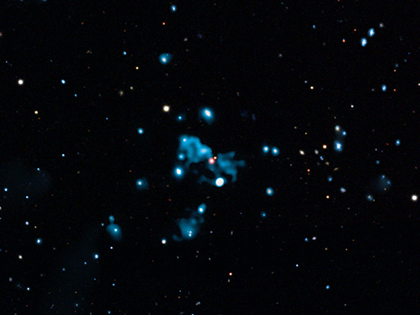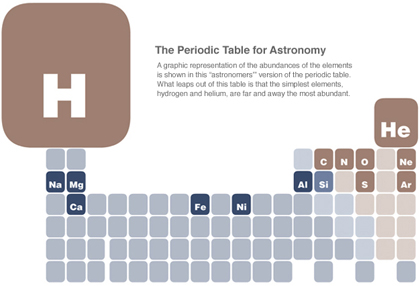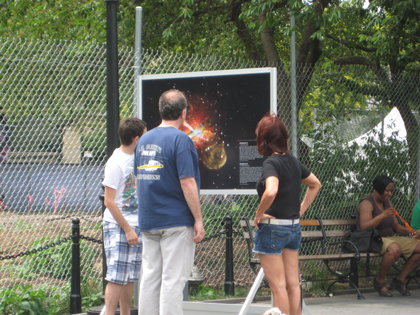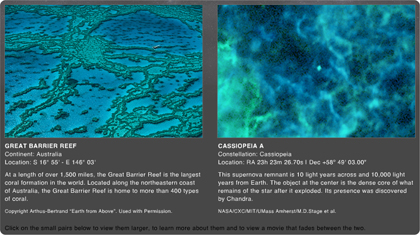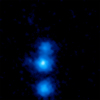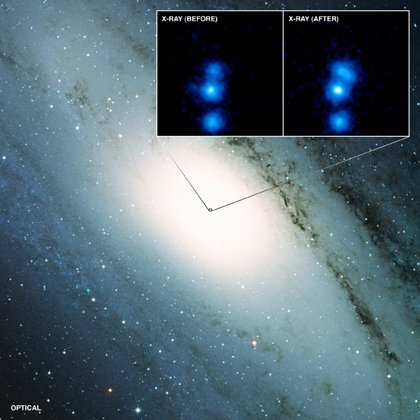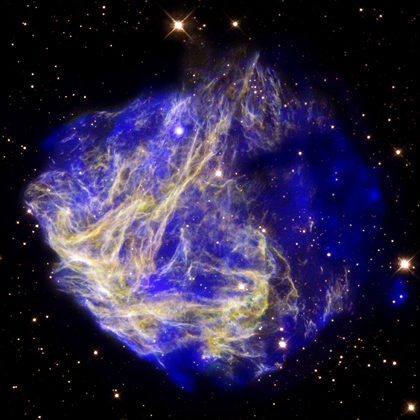World Class Competition
Submitted by chandra on Mon, 2010-06-28 16:13While most of the world was focused on that little soccer tournament in South Africa, astrophysicists were involved with their own form of competition last week. As they do every year, experts from around the globe gathered to conduct the Chandra Peer Review process. This is the way that astronomers figure out what targets Chandra will observe over the course of the next year. Most major telescopes – such as Hubble and Spitzer -- have a similar process. And as they say about democracy, it's not a perfect system but it’s better than just about any other.





